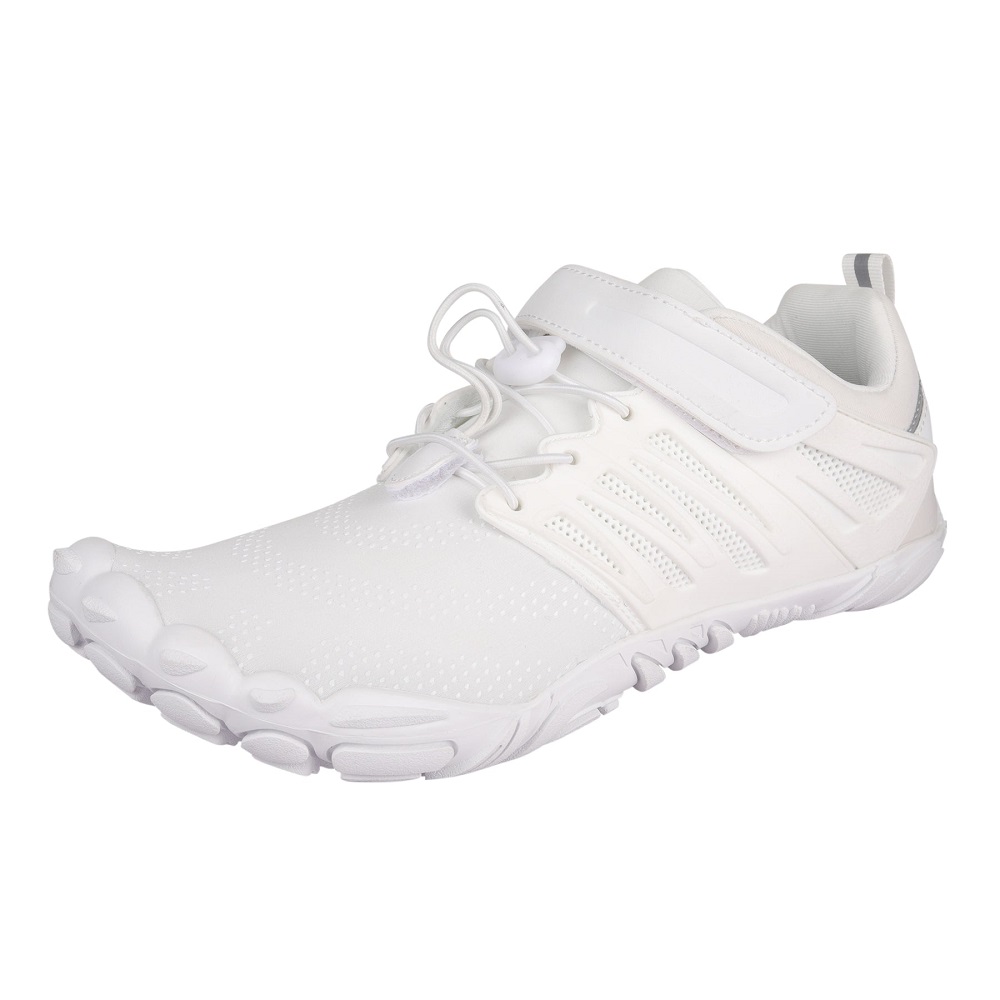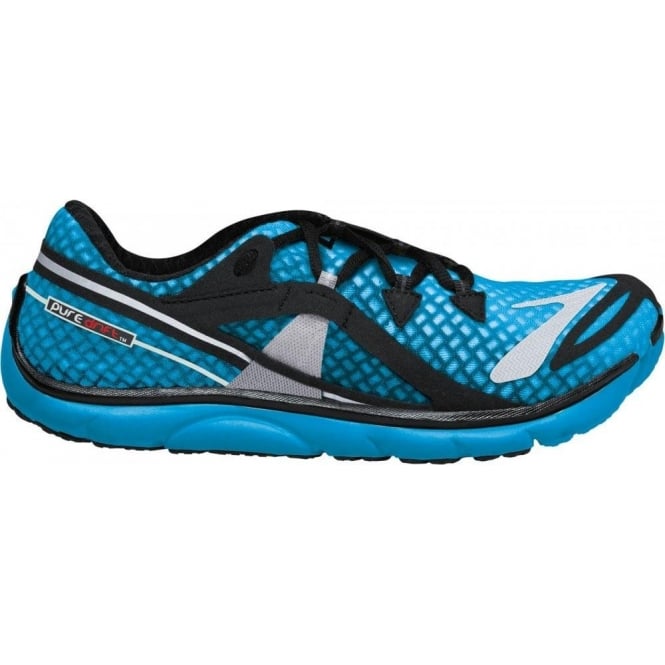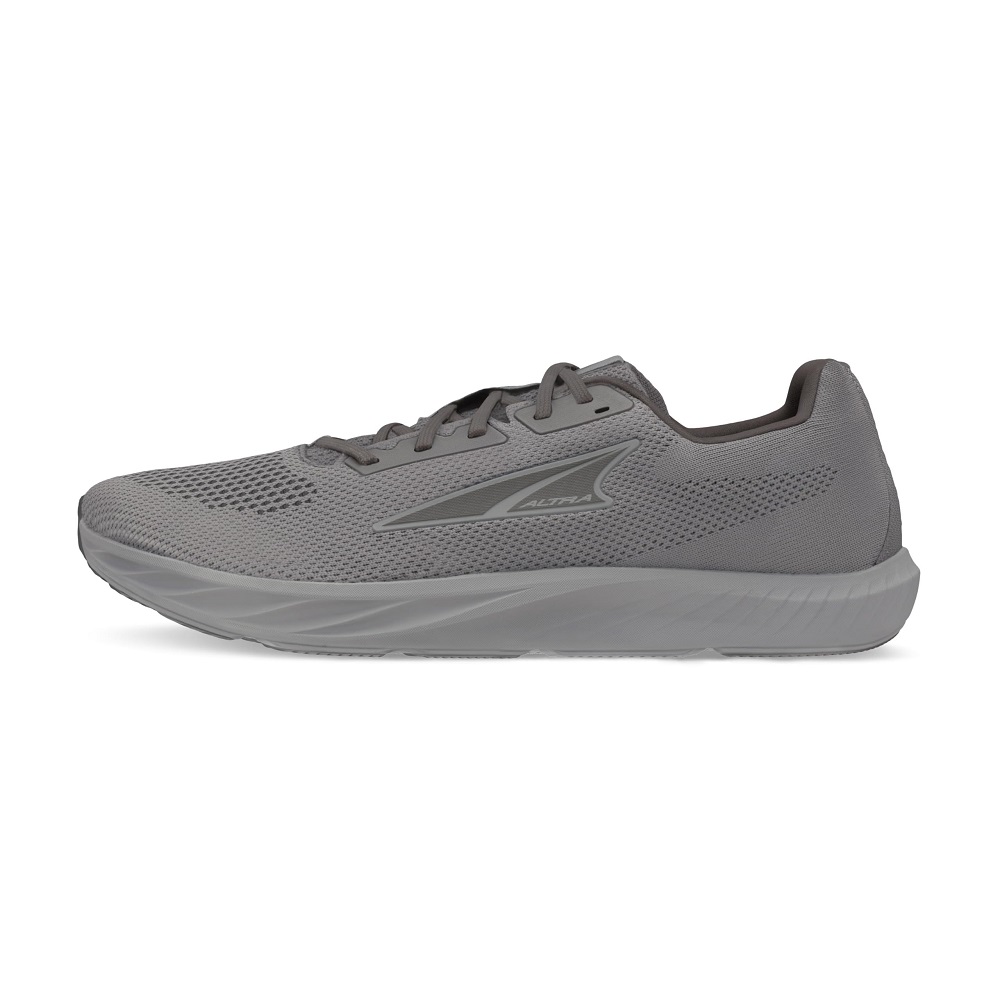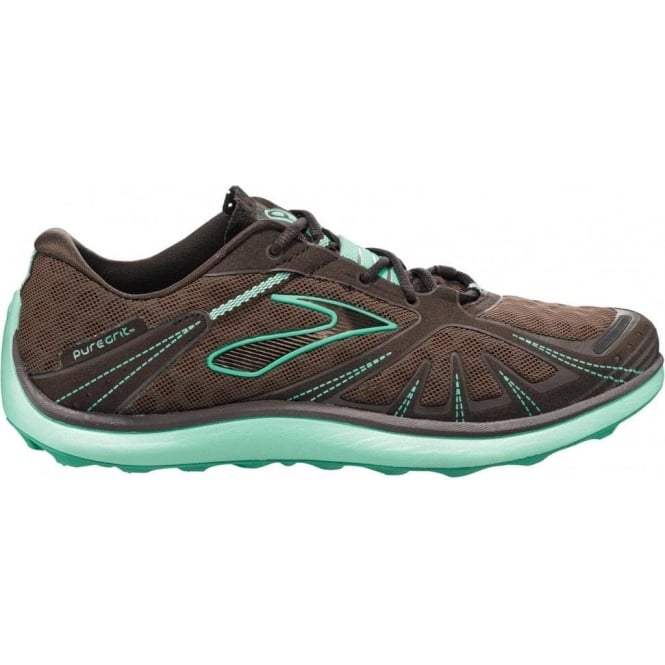Women’s minimalist running shoes have transformed the running landscape, introducing a ‘less is more’ approach to running gear. This evolution has focused on harnessing the natural mechanics of the foot while running. This comprehensive guide explores the origins and development, the key features that characterize minimalist running shoes, the benefits and considerations when transitioning, how they influence running technique, the variety available in the current market, and tips for maintaining these shoes in 2024.
Origins and Development
Breaking Traditional Boundaries
Women’s minimalist running shoes came into prominence as a response to the bulky, heavily cushioned runners that dominated the market. They were developed to mimic barefoot running, allowing runners to experience a more natural foot strike. The initial designs stripped away excess materials to focus on essential features, aiming to change how runners interact with the terrain beneath them.
Advancements Leading to Modern Designs
Over the years, improvements in technology and understanding of biomechanics led to the development of modern minimalist shoes. Designers employed new materials and construction techniques to create shoes that balance protection with a barefoot-like experience. Innovations continue to fine-tune the minimalist running shoe, blending the benefits of traditional and natural running styles.

Defining Features of Minimalist Running Shoes
Lightweight Construction and Thin Sole
A defining trait of women’s minimalist running shoes is their lightweight construction. Weighing significantly less than traditional running shoes, these minimalist designs promote a more agile and responsive experience. The soles are typically thin and flexible, offering minimal interference with the foot’s natural movement yet providing just enough protection from the elements.
Shape and Fit Mimicking the Foot’s Contour
Minimalist shoes often feature a wide toe box that allows the toes to spread naturally during a run. They are also designed to follow the foot’s contour closely, with less elevation in the heel (low heel-to-toe drop), encouraging a mid-foot or forefoot strike. They fit snugly, much like a second skin, ensuring that the foot and shoe work together harmoniously.
Transition Benefits and Considerations
Strengthening the Feet and Lower Legs
Transitioning to minimalist running shoes can lead to stronger feet and lower leg muscles. The reduced cushioning requires the body to adjust and can improve balance and proprioception – the body’s ability to sense motion and positioning. A gradual transition is essential, as it gives the muscles time to adapt and strengthen.
Important Factors When Transitioning
When transitioning to minimalist running shoes, it’s important to ease into the process. Start by wearing them for short durations during walks and progressively increase the distance and speed of runs. This careful approach helps prevent injury and allows runners to enjoy the full benefits of minimalist running.

The Influence on Running Technique
Promoting a Natural Running Stride
By design, minimalist running shoes encourage a natural running stride. The thin sole and reduced cushion allow for heightened ground feedback, which can lead to changes in running form, promoting a forward lean and a landing closer beneath the body. These adjustments often lead to improved efficiency and reduced impact forces on the joints.
Adjustments for Optimal Use
New users typically notice the need for adjustments in their running technique when switching to minimalist shoes. A more consistent cadence and a softer landing become imperative to fully benefit from the shoes’ design. Runners often find these changes contribute to a lighter, more effortless running experience.
Contemporary Choices in the Minimalist Market
A Spectrum of Minimalist Options
Today’s market offers a spectrum of minimalist running shoes, catering to different preferences and levels of experience. From the ultra-minimal barefoot shoes to transitional models with slight cushioning, there’s a minimalist shoe for every runner. These variations mean that runners can find the right balance between protection and natural feel.
Balancing Performance and Personal Preference
Performance and personal comfort are key when selecting the right minimalist running shoe. With numerous brands offering minimalist shoes, each with varying degrees of thickness and flexibility, women can choose shoes that best suit their running goals and the terrains they expect to encounter, be it trails, tracks, or the open road.

Preserving Your Minimalist Running Shoes
Cleaning and Care Tips
To extend the life of minimalist running shoes, store them in a cool, dry place and avoid exposure to extreme temperatures. Cleaning should be gentle: use water and mild soap, and air dry rather than exposing them to direct heat sources. Proper care maintains the material integrity and ensures the shoes remain responsive to your running style.
Periodic Inspection and Replacement
Regular inspection is crucial as the minimalist design can lead to quicker wear. Monitor the soles and upper material for signs of deterioration, and consider replacing the shoes when they start to show significant wear. While they may last less mileage than heavier, cushioned shoes, proper maintenance can keep minimalist shoes in good condition, supporting your running endeavors.
A Shift Toward Natural Running
Revisiting Our Roots with Barefoot Running
The minimalist running shoe movement began as a way to return to the most primitive and organic running form—barefoot. Advocates for minimalist running propose that early humans ran and thrived without the need for excessively cushioned or structured shoes. This insight inspired shoe manufacturers to create footwear that facilitates a barefoot-like experience, prompting runners to activate and strengthen the muscles in their feet and lower legs.
The Ripple Effect on Footwear Innovation
As the minimalist concept gained traction, it challenged shoe designers to reimagine the traditional runner. Companies were now tasked to minimize materials without compromising essential protection. The result was a proliferation of designs that offered varying degrees of minimalism to accommodate runners at different stages of their barefoot journey. These innovations continue to spur developments in shoe technology, leading to lighter, more responsive footwear.

Anatomy of Minimalist Shoes
The Blueprint of Simplicity and Performance
Minimalist running shoes are distinctive for their simplicity. They strip away the hefty cushioning and rigid structures common in conventional running shoes. Instead, they focus on a thin, flexible sole that allows for sensory feedback from the ground and a more dynamic foot movement. Key features of these shoes include a zero-drop or low-drop profile, which means the heel is at or nearly at the same height as the toe, mimicking the foot’s natural position.
Responsive Feel and Foot Freedom
These running shoes are often weightless wonders on the feet, with upper constructions that are equally as minimal. Engineered mesh or knit fabrics offer a breathable and snug fit, creating a sensation that the shoe is barely there. Coupled with the room for toes to splay naturally, minimalist running shoes women’s afford a level of freedom and responsiveness that can’t be found in more traditional designs.
Health and Performance Advantages
Boosting Proprioception and Muscle Engagement
Transitioning to minimalist running shoes comes with a suite of physiological benefits. Engaging in minimalistic running can enhance proprioception, or the body’s ability to recognize its own position in space. This heightened awareness aids in fine-tuning balance and agility. Furthermore, the lack of overbearing support from the shoe means that muscles in the feet and legs work harder, leading to improved strength and stabilization over time.
Opting for a Gradual Transition
It’s crucial, however, to approach the transition to minimalist running with caution. A gradual introduction allows the body to adapt to the new demands being placed on it. Beginning with short distances and gradually increasing mileage gives muscles time to develop and can minimize the risk of injury. Adopting this patient approach ensures that runners can fully reap the potential health and performance rewards that minimalist shoes offer.

Refining Running Form
A Catalyst for Improved Technique
Minimalist shoes naturally encourage runners to adopt a forefoot or midfoot strike as opposed to the heel strike that is common with traditional, heavily cushioned running shoes. This shift can lead to a more efficient running form, as landing on the forefoot or midfoot reduces braking forces and promotes a smoother, continuous motion. Over time, this can translate to faster, more effortless runs.
Tailoring Gait to Natural Movement
Wearing minimalist running shoes women also prompts attentive awareness of running gait. Runners might find themselves naturally adjusting their stride length and increasing cadence. These adjustments tend to reduce impact stress on joints, as the runner’s foot strikes the ground beneath the body’s center of gravity, creating a less forceful impact with each step.
Selection and Specialization
Ranging from Barebones to Transitional
Today’s marketplace presents a variety of minimalist running shoes, from models that are virtually akin to running barefoot to those offering a transitional approach with minimal cushioning. Brands have responded to this need with offerings designed for different terrains and training intensities. Regardless of a runner’s preference for road, trail, or treadmill, there’s a minimalist shoe that meets the need.
Aligning Choices with Running Goals
When choosing minimalist running shoes, it’s essential to consider individual running goals, foot types, and comfort levels. Runners should select shoes that provide the level of ground feel and protection they’re comfortable with. Some may opt for road-specific models, which tend to be lighter and more flexible, while trail options provide more traction and underfoot protection without compromising the minimalist experience.
In conclusion, women’s minimalist running shoes have sparked a movement towards natural running form and foot strength. These shoes have evolved significantly since their introduction, blending traditional protection with the freedom of barefoot running. Varieties today offer a wide range of options to suit individual needs and preferences. By transitioning carefully and maintaining proper care, runners can relish the benefits of a more natural stride and the unique connection to the ground provided by minimalist running shoes.
